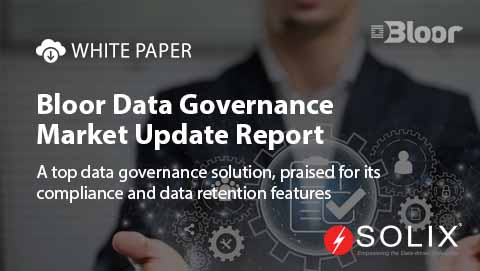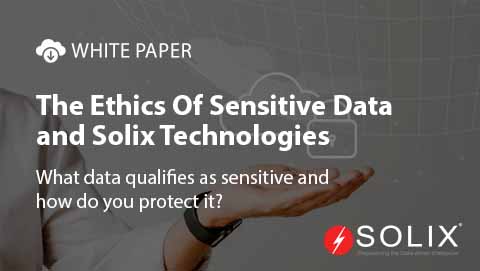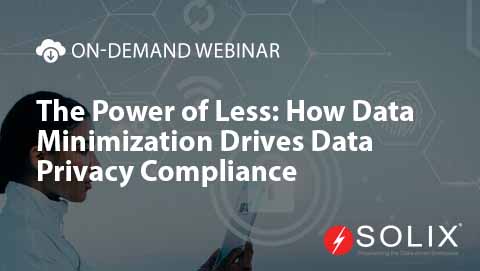Database Optimization Compliance
When I first started my journey in IT, I often encountered the term database optimization compliance. It sounded like another buzzword that businesses used without fully understanding its implications. But as I delved deeper, I realized it was crucial for organizations aiming to harness the power of their data while adhering to regulations and maintaining efficiency. So, lets break it down what is database optimization compliance, and why is it essential for businesses today
At its core, database optimization compliance refers to the practices and strategies employed by organizations to ensure their databases not only run efficiently but also align with legal and regulatory standards. This compliance helps in minimizing risks associated with data breaches or loss while ensuring that the data retrieval processes are swift and cost-effective. By optimizing databases correctly, you can have peace of mind knowing that your data practices are both effective and compliant.
Why is Database Optimization Compliance Important
The significance of database optimization compliance cannot be overstated. In a world where data privacy regulations, such as GDPR and HIPAA, are becoming stricter, maintaining compliance is a necessity. By optimizing your database, you reduce the risk of non-compliance incidents, which can lead to hefty fines and damage to your companys reputation.
Take, for example, a financial institution that failed to optimize its database systems. They faced not only increased operational costs but were also under scrutiny from regulators due to inefficient data handling practices. Their failure to comply with data regulations ended up costing them millions, a burden they might have avoided through proper optimization and adherence to compliance standards.
Best Practices for Achieving Database Optimization Compliance
Before jumping into solutions, lets explore some best practices that can help you achieve database optimization complianceUnderstanding these practices can be your stepping-stone towards a more efficient system.
1. Regular Audits Conduct regular audits of your database structure and performance. Audits help you identify areas that require optimization, ensuring your database runs smoothly and complies with relevant regulations.
2. Data Archiving Implementing data archiving solutions can significantly enhance performance. Archiving moves unused or infrequently accessed data to secondary storage, ensuring that your primary database remains fast and efficient. This practice not only helps in compliance but also streamlines performance.
3. Access Controls Establish strict access controls for your database. Compliance requires you to protect sensitive data from unauthorized access. Limit user privileges based on requirements to ensure data integrity and security.
4. Performance Tuning Engage in regular performance tuning of your database systems. This involves analyzing the database performance metrics, understanding bottlenecks, and adjusting configurations to maintain optimal speeds.
5. Backup and Recovery Plans Ensure that you have robust backup and recovery plans in place. This helps in maintaining data integrity and ensures compliance with regulations requiring data recovery capabilities.
The Role of Solix in Database Optimization Compliance
When it comes to navigating database optimization compliance, the solutions offered by Solix can be invaluable. One product that stands out is the Solix Cloud ServicesThis platform not only provides efficient data management solutions but also incorporates compliance checks into its framework, helping you stay on top of regulatory requirements.
By leveraging Solix expertise, organizations can optimize their database systems while ensuring that they meet the compliance standards set forth by various regulations. For instance, if you are dealing with large datasets, Solix can streamline your data processing, ensuring that your database performs well without compromising on compliance.
Actionable Recommendations
From my experiences, I suggest a hands-on approach to improving your database optimization compliance. Here are a few actionable recommendations
1. Start with a database health check. Assess and review your current database setup comprehensively. If you identify areas that need improvement, prioritize them based on potential compliance risks and efficiency gains.
2. Invest in training your IT team on compliance issues related to databases. Their understanding of legal requirements can enhance your organizations ability to maintain compliance seamlessly.
3. Consider utilizing automation tools for monitoring database performance. These tools can provide real-time insights and alerts about compliance issues, allowing you to address them proactively.
4. Dont hesitate to reach out to experts for assistance. If youre unsure where to begin, companies like Solix can offer tailored consultations to help you devise a strategy that aligns with your specific needs.
Wrap-Up
In the complexities of todays data-driven world, ensuring database optimization compliance is critical for any organization hoping to thrive. By implementing best practices, examining your existing systems, and leveraging solutions from companies like Solix, you can successfully navigate the intricate web of data compliance while optimizing performance. If you have further questions or need personalized assistance, feel free to reach out to Solix at 1.888.GO.SOLIX (1-888-467-6549) or via their contact pageYou dont have to face this challenge alone!
Author Bio Jake is a database management expert with a passion for helping organizations achieve database optimization compliance. With years of experience in the industry, he shares insights and practical recommendations to ensure businesses navigate todays data landscape effectively and efficiently.
Disclaimer The views expressed in this blog are solely those of the author and do not represent the official position of Solix.
Sign up now on the right for a chance to WIN $100 today! Our giveaway ends soon‚ dont miss out! Limited time offer! Enter on right to claim your $100 reward before its too late!
-

-

-
 On-Demand Webinar
On-Demand WebinarThe Power of Less: How Data Minimization Drives Data Privacy Compliance
Watch On-Demand Webinar
